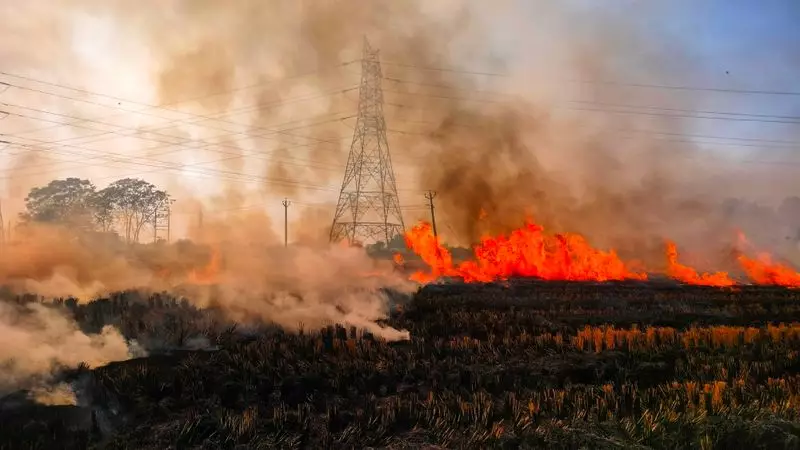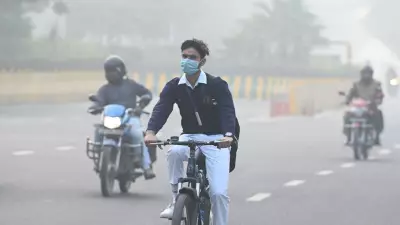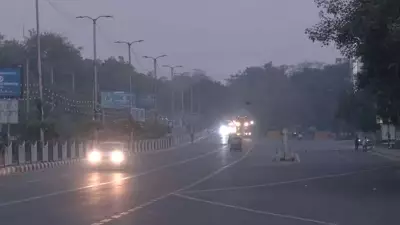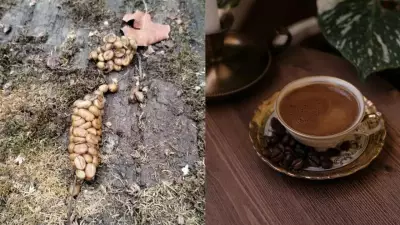
With the paddy harvesting season entering its critical phase, environmental experts and agricultural specialists are sounding the alarm about an impending surge in farm fire incidents across Punjab. The coming weeks are expected to witness a dramatic increase in stubble burning activities, potentially plunging North India into another dangerous air pollution crisis.
The Harvesting Timeline and Fire Patterns
Agricultural scientists monitoring the situation report that paddy harvesting typically begins in early October and continues through mid-November. "We are currently observing the initial phase of stubble burning," explains Dr. Sutantar Airi, an agriculture expert at Punjab Agricultural University. "The real spike usually occurs between October 20 and November 15, when approximately 70-80% of the harvesting is completed."
Why Farmers Resort to Burning
The practice of burning crop residue continues despite government restrictions and environmental concerns due to several pressing factors:
- Tight planting windows: Farmers have only 15-20 days between harvesting paddy and sowing wheat
- High machinery costs: Happy seeders and other equipment remain financially out of reach for many small farmers
- Labor shortages: Traditional methods of residue management require significant manpower
- Economic pressures: The quickest and cheapest method remains burning
Environmental Impact and Health Concerns
Last year's data reveals the scale of the problem: Punjab recorded over 36,000 farm fire incidents during the season. The smoke from these fires doesn't remain localized—it travels across state boundaries, contributing significantly to the toxic smog that blankets Delhi and the entire National Capital Region each winter.
"The particulate matter and toxic gases released during stubble burning pose severe health risks, particularly for children, the elderly, and those with respiratory conditions," warns an environmental health specialist.
Solutions and Challenges
While the government has promoted alternatives like happy seeders and bio-decomposers, implementation remains inconsistent. "The machines are expensive, and many small farmers cannot afford them," notes Dr. Airi. "Cooperative sharing models and better subsidy distribution could help bridge this gap."
As the harvesting intensifies, all eyes are on Punjab's farming belt. The decisions made by farmers in the coming weeks will determine whether North India faces another season of hazardous air quality or if sustainable alternatives can gain meaningful traction.





